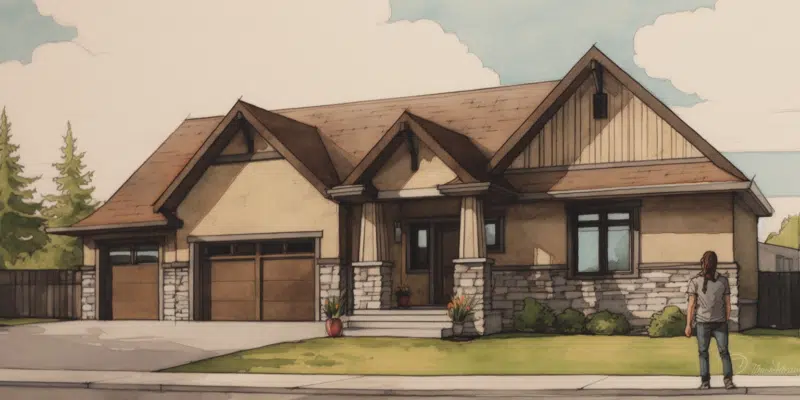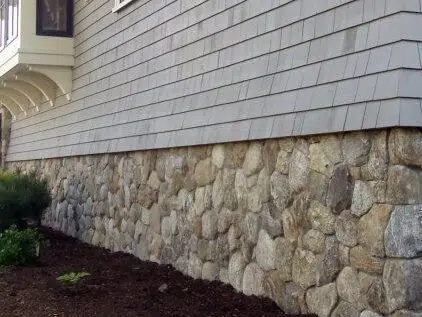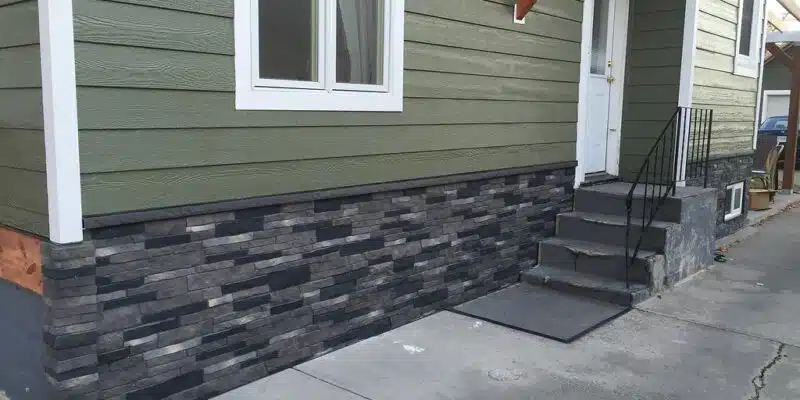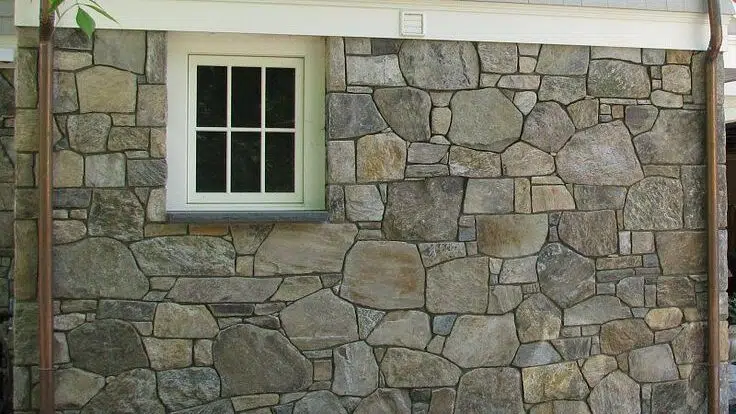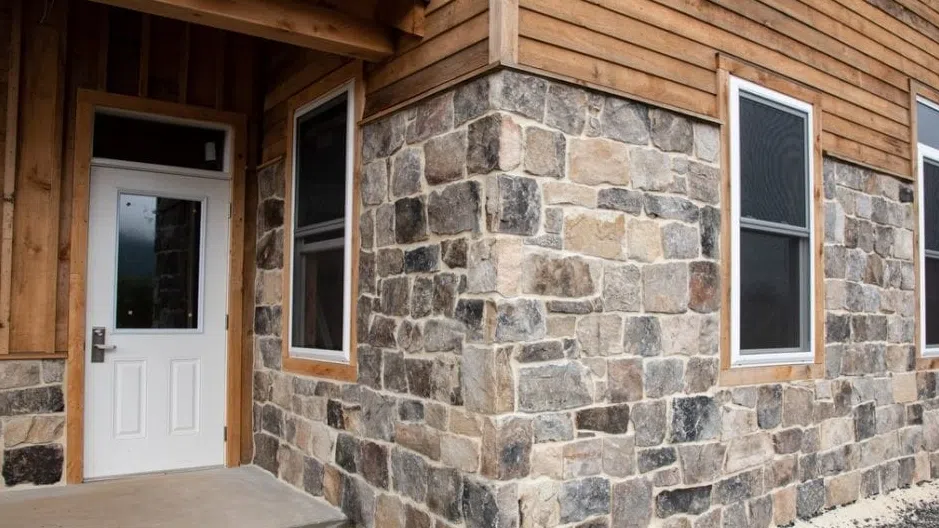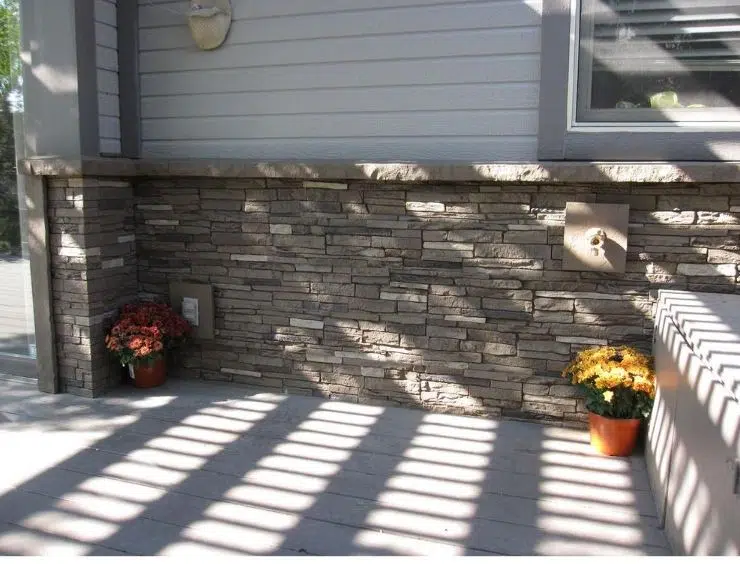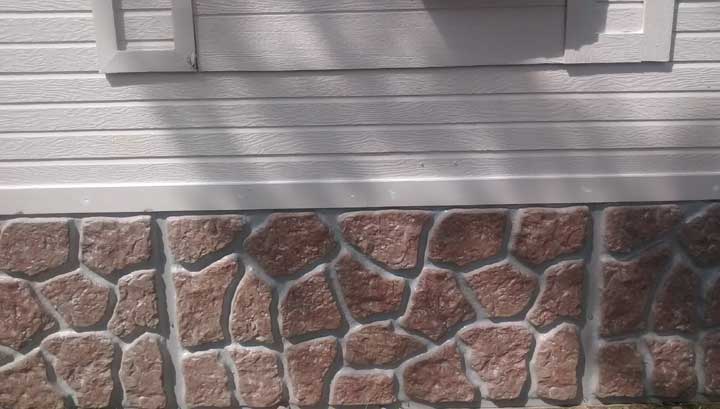When it comes to commercial building design, fire safety is a paramount concern. Architects, engineers, and building owners must carefully consider materials and construction methods that can withstand the intense heat and destructive power of fires. One material that has consistently proven its worth in fire-resistant construction is masonry. In this comprehensive guide, we’ll explore how masonry contributes to fire safety in commercial buildings and its critical role in meeting Ontario building codes.
Fire-Resistant Properties of Different Masonry Materials
Masonry materials, such as brick, concrete blocks, and stone, are inherently fire-resistant due to their composition and physical properties. Let’s examine some of the most common masonry materials and their fire-resistant qualities:
Brick
Brick is a time-tested material known for its excellent fire resistance. Made from clay and fired at high temperatures, bricks can withstand extreme heat without losing their structural integrity. Key fire-resistant properties of brick include:
- Non-combustibility: Bricks do not burn or contribute fuel to a fire
- High thermal mass: Bricks absorb and store heat, slowing the spread of fire
- Durability: Bricks maintain their strength even when exposed to high temperatures
Concrete Blocks
Concrete blocks, also known as concrete masonry units (CMUs), offer robust fire resistance. Their properties include:
- Low thermal conductivity: Concrete blocks slow heat transfer through walls
- Structural stability: They maintain their shape and strength during fire exposure
- Versatility: Can be filled with insulation or reinforced for enhanced fire resistance
Stone
Natural stone, such as granite, limestone, and marble, provides excellent fire resistance. Stone masonry offers:
- High heat resistance: Most stones can withstand temperatures well above 1000°C
- Minimal smoke production: Stone does not emit toxic fumes when exposed to fire
- Long-lasting protection: Stone maintains its fire-resistant properties indefinitely
Ontario Building Code Requirements for Fire-Resistant Construction
The Ontario Building Code (OBC) sets stringent requirements for fire-resistant construction in commercial buildings. These regulations aim to protect occupants, limit property damage, and prevent fire spread. Here are some key aspects of the OBC related to fire-resistant construction:
Fire-Resistance Ratings
The OBC specifies minimum fire-resistance ratings for various building elements, including:
- Walls: Exterior and interior walls must meet specific fire-resistance ratings based on building type and occupancy
- Floors and roofs: These elements must provide adequate fire separation between stories
- Structural members: Columns, beams, and other load-bearing components must maintain their integrity during a fire
Masonry construction often exceeds these minimum requirements, providing an extra layer of safety.
Building Size and Height Limitations
The OBC imposes restrictions on building size and height based on construction type and fire-resistance ratings. Masonry construction often allows for larger and taller buildings due to its superior fire performance.
Fire Separations
The code mandates fire separations between different occupancies and at specific intervals within large buildings. Masonry walls are an excellent choice for creating these fire-resistant barriers.
How Masonry Can Enhance Overall Building Safety
Beyond meeting code requirements, masonry offers numerous benefits that enhance overall building safety:
Compartmentalization
Masonry walls create effective fire compartments, containing fires within a limited area and preventing rapid spread throughout the building. This compartmentalization:
- Provides more time for occupant evacuation
- Limits property damage
- Facilitates firefighting efforts
Passive Fire Protection
Unlike active fire protection systems (e.g., sprinklers) that can fail, masonry provides passive fire protection that doesn’t require activation or maintenance. This reliable protection is always in place, offering peace of mind to building owners and occupants.
Reduced Fire Load
Masonry materials do not contribute to the fire load of a building. In contrast, some other construction materials can actually fuel a fire, increasing its intensity and spread rate.
Improved Structural Stability
During a fire, masonry maintains its structural integrity longer than many other materials. This stability:
- Reduces the risk of building collapse
- Protects evacuation routes
- Allows firefighters to operate safely inside the building for extended periods
Case Studies of Masonry’s Performance in Fire Incidents
Real-world examples demonstrate the effectiveness of masonry in fire situations. Let’s examine two notable cases:
The Great Chicago Fire of 1871
While this historic fire devastated much of Chicago, several masonry buildings survived. The Water Tower, constructed of limestone blocks, stood as a testament to masonry’s fire resistance amidst the destruction. This incident led to widespread adoption of masonry construction in urban areas.
Grenfell Tower Fire, London, 2017
Although this tragedy highlighted issues with external cladding, the concrete core of the building remained structurally sound throughout the intense fire. This case underscores the importance of proper material selection and the fire-resistant qualities of masonry construction.
Integrating Masonry into Comprehensive Fire Safety Plans
While masonry provides excellent fire resistance, it should be part of a holistic approach to fire safety in commercial buildings. Here are some strategies for integrating masonry into comprehensive fire safety plans:
1. Strategic Placement of Masonry Elements
Utilize masonry walls and partitions to create fire-resistant zones within the building, particularly in high-risk areas or to protect critical infrastructure.
2. Combination with Active Fire Protection Systems
Pair masonry construction with active systems like sprinklers and fire alarms for a multi-layered approach to fire safety.
3. Regular Inspections and Maintenance
Although masonry is durable, regular inspections can identify and address any potential weaknesses in the fire-resistant envelope.
4. Staff Training
Educate building occupants about the fire-resistant features of the building, including the role of masonry in fire safety.
5. Collaboration with Fire Safety Professionals
Work with fire safety engineers and local fire departments to optimize the building’s fire safety plan, leveraging the benefits of masonry construction.
Conclusion
Masonry plays a crucial role in fire-resistant commercial building design, offering inherent fire resistance, structural stability, and compliance with Ontario building codes. By understanding and leveraging the fire-resistant properties of materials like brick, concrete blocks, and stone, architects and building owners can create safer, more resilient commercial structures.
As we continue to prioritize fire safety in our built environment, masonry stands out as a time-tested, reliable solution. Its ability to contain fires, maintain structural integrity, and provide passive protection makes it an invaluable component of modern fire-resistant design. By integrating masonry into comprehensive fire safety plans, we can create commercial buildings that not only meet code requirements but exceed expectations for occupant safety and property protection.
\n\n\nWhy is fire safety important in commercial building design?
Fire safety is crucial in commercial building design to protect occupants, limit property damage, and prevent the rapid spread of fires.
What masonry materials contribute to fire-resistant construction?
Masonry materials such as brick, concrete blocks, and stone are known for their fire-resistant properties, making them ideal for commercial building construction.
What are the fire-resistant properties of brick?
Brick is non-combustible, has high thermal mass, and maintains its durability even in extreme heat, making it a reliable fire-resistant material.
How does the Ontario Building Code regulate fire-resistant construction?
The Ontario Building Code sets minimum fire-resistance ratings for walls, floors, roofs, and structural members to ensure safety and limit fire spread in buildings.
What advantages does masonry offer in terms of overall building safety?
Masonry provides compartmentalization, passive fire protection, a reduced fire load, and improved structural stability during fires, enhancing overall building safety.
Can you give examples of masonry’s effectiveness in fire situations?
During the Great Chicago Fire of 1871, several masonry buildings survived, and the Grenfell Tower fire in 2017 demonstrated the structural integrity of masonry despite external cladding issues.
How can masonry be integrated into fire safety plans?
Masonry can be strategically placed to create fire-resistant zones, combined with active systems like sprinklers, and requires regular inspections and staff training to maximize fire safety.
What is passive fire protection and how does masonry fit into it?
Passive fire protection does not require activation or maintenance, and masonry provides this reliability by containing fires and maintaining structural integrity without the need for active systems.
What role does compartmentalization play in fire safety?
Compartmentalization through masonry walls helps contain fires, allowing more time for evacuation, limiting damage, and aiding firefighting efforts.
What makes masonry a preferred choice for fire-resistant construction?
Masonry’s inherent fire-resistant properties, structural stability, and compliance with building codes make it a reliable choice for enhancing fire safety in commercial buildings.

